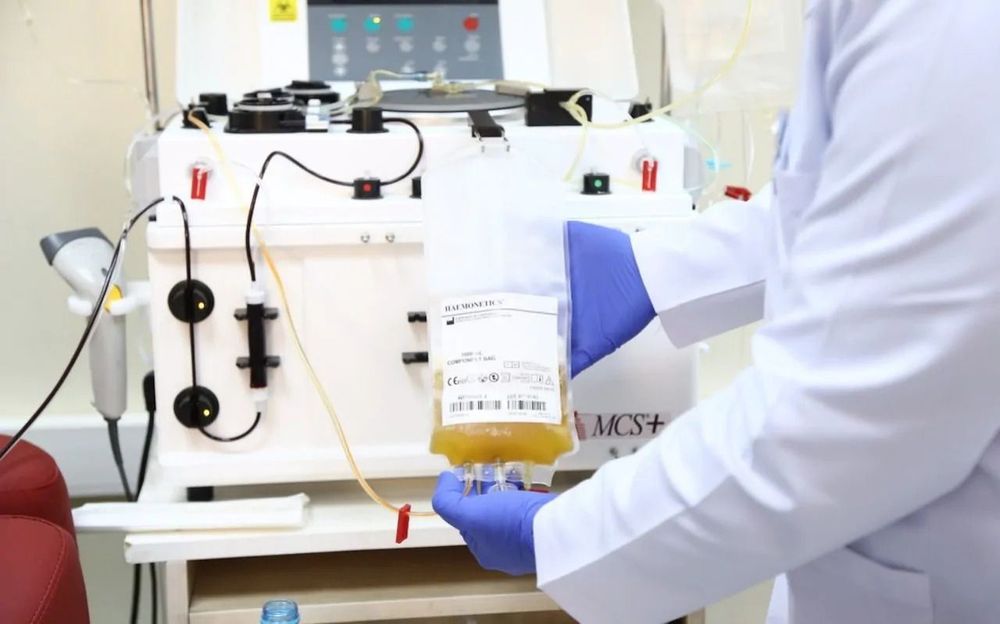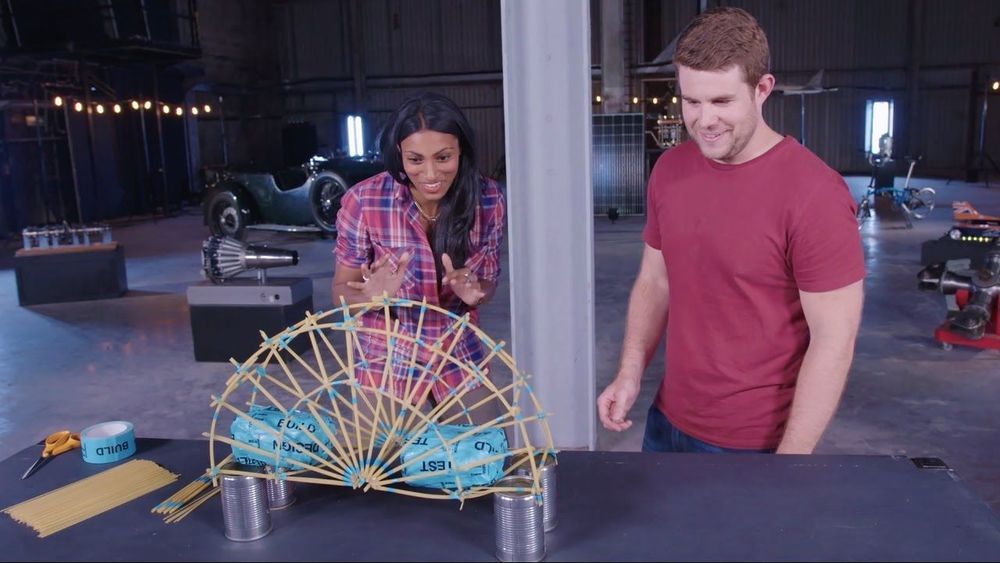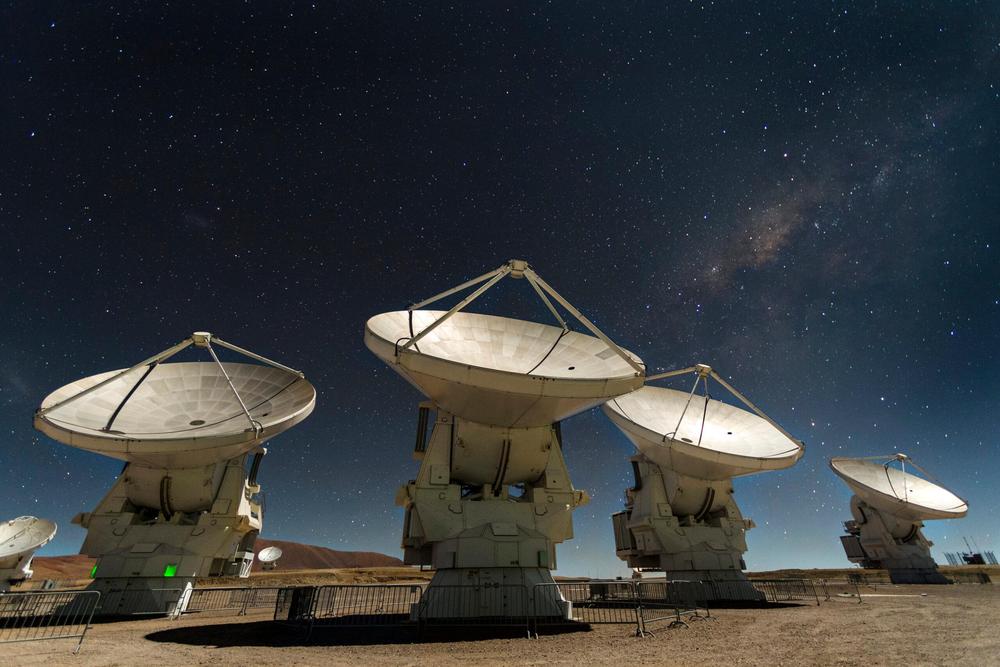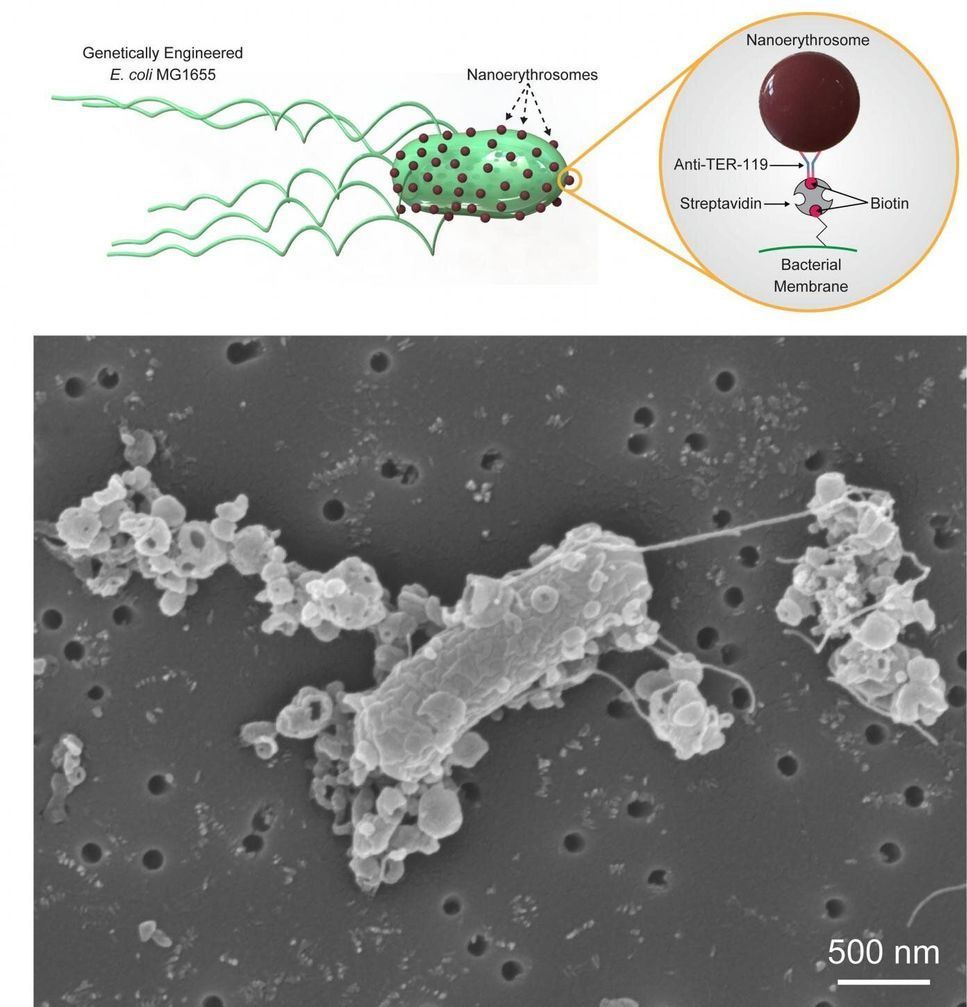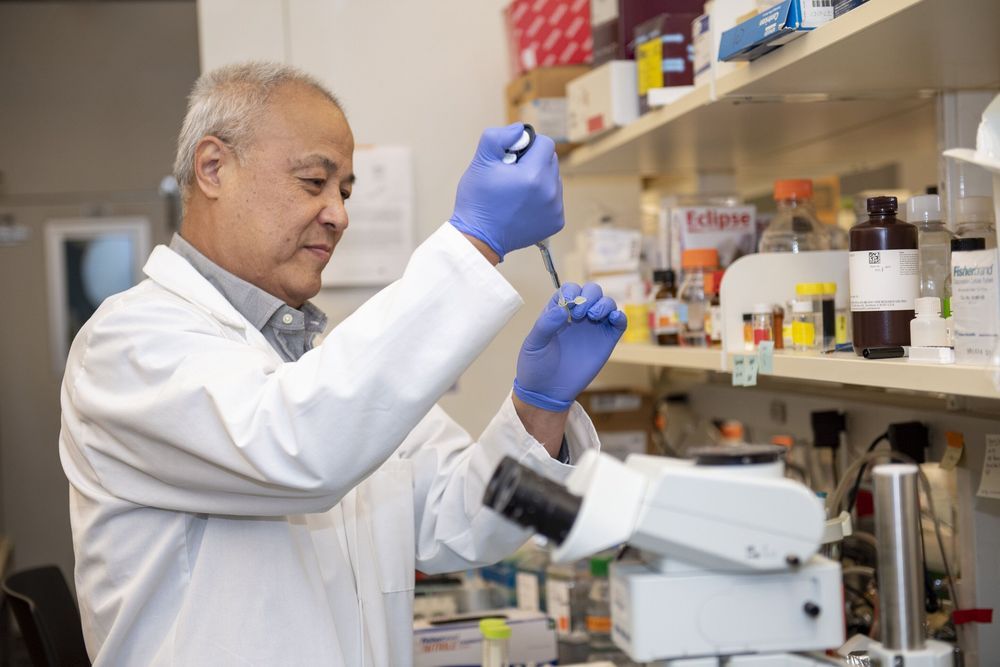Apr 8, 2020
Resveratrol and Other Polyphenols Support Genomic Stability
Posted by Genevieve Klien in categories: biotech/medical, food, genetics, life extension
New research shows that resveratrol, a chemical found in red wine, contributes to genomic stability by reducing the occurrence of DNA double-strand breaks and prolongs lifespan in genetically modified mice that are prone to carcinogenic mutations [1].
DSBs and genomic instability
Genomic instability, one of the hallmarks of aging, is a condition characterized by frequent mutations within the genome, and it has long been associated with cancer [2]. The authors of this study state that one of its major causes is the erroneous repair of DNA double-strand breaks (DSBs). High numbers of DSBs have been found in pre-cancerous cells, and DNA lesions caused by unrepairable DSBs accumulate with time, both in organisms and in cultured cells. One of the possible culprits is the degradation of DNA repair mechanisms in aged cells [3].

